The standard guidelines say to throw out unused formula powder after 30 days. I’m supplementing, so we don’t go through a full can in 30 days, and throwing out this not-inexpensive formula feels so wasteful. Have there been any studies done? Why do I have to throw it out?
—Supplementing Sally
During the formula shortage in 2022, this was an extremely popular question. The idea of throwing away expensive formula in any circumstance is tough, and during the shortage it was even harder. Yet even in that situation, regulators were urging people to throw away formula rather than use expired formula. Why?
There are two primary reasons to be worried about formula stored over long periods. One is that bacteria can be introduced and multiply, and make a baby sick. This is a larger concern for infants who are preterm or immunocompromised, but it can be a risk for any infant. A second concern is that the nutrients in formula break down over time. This happens as a result of the breakdown of the polyunsaturated fatty acids that fortify formulas.
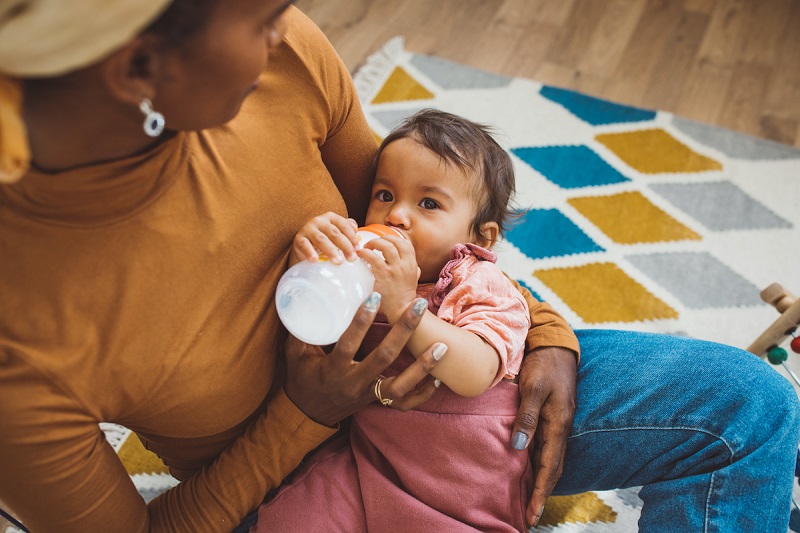
There are studies. Here’s one, using a sample of European formulas, that looked carefully at the degradation of formulas with storage time. The study looked both at storage unopened and storage once opened. Reassuringly, the researchers find the formula is fairly stable when unopened, supporting the general expiration timing. However, once opened, the formula degraded much more quickly, supporting the relatively short usage window.
Is there something magic about 30 days? No, of course not. But the general idea of using within a few weeks does seem to be supported by the evidence on degradation.
Formula companies: Please consider smaller packages!
Community Guidelines











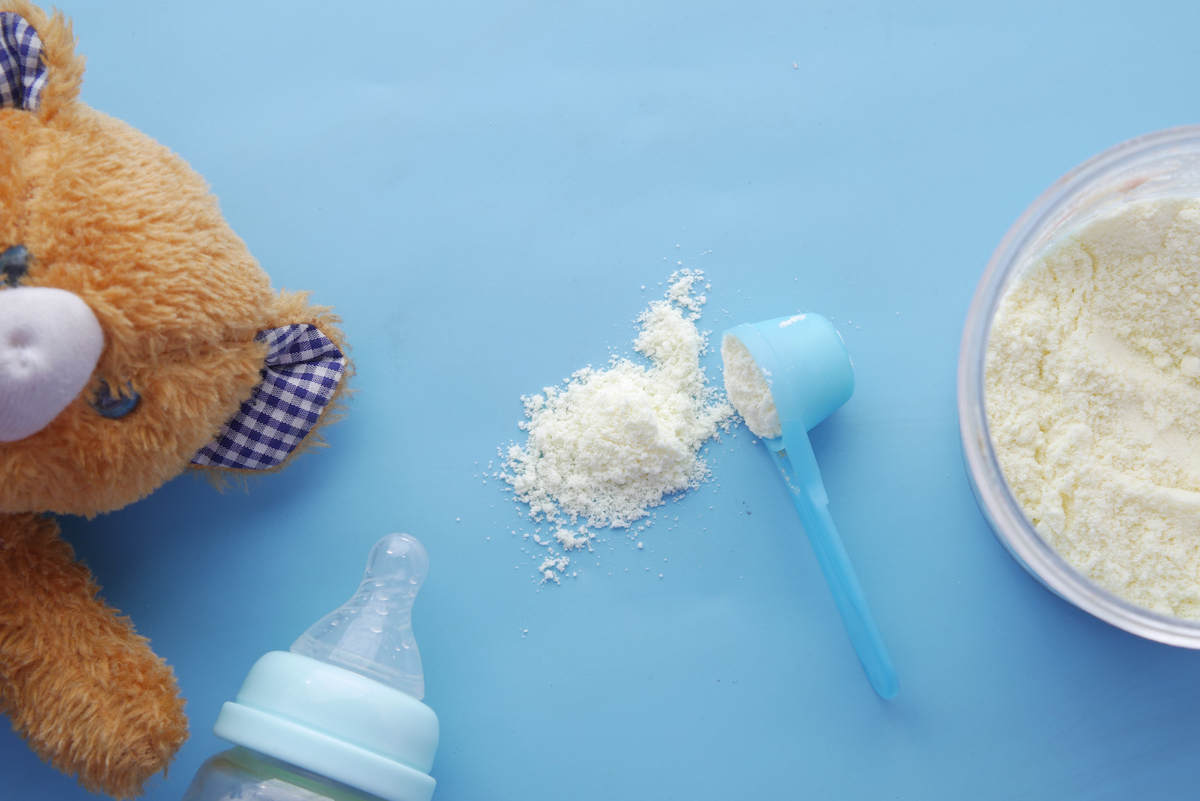
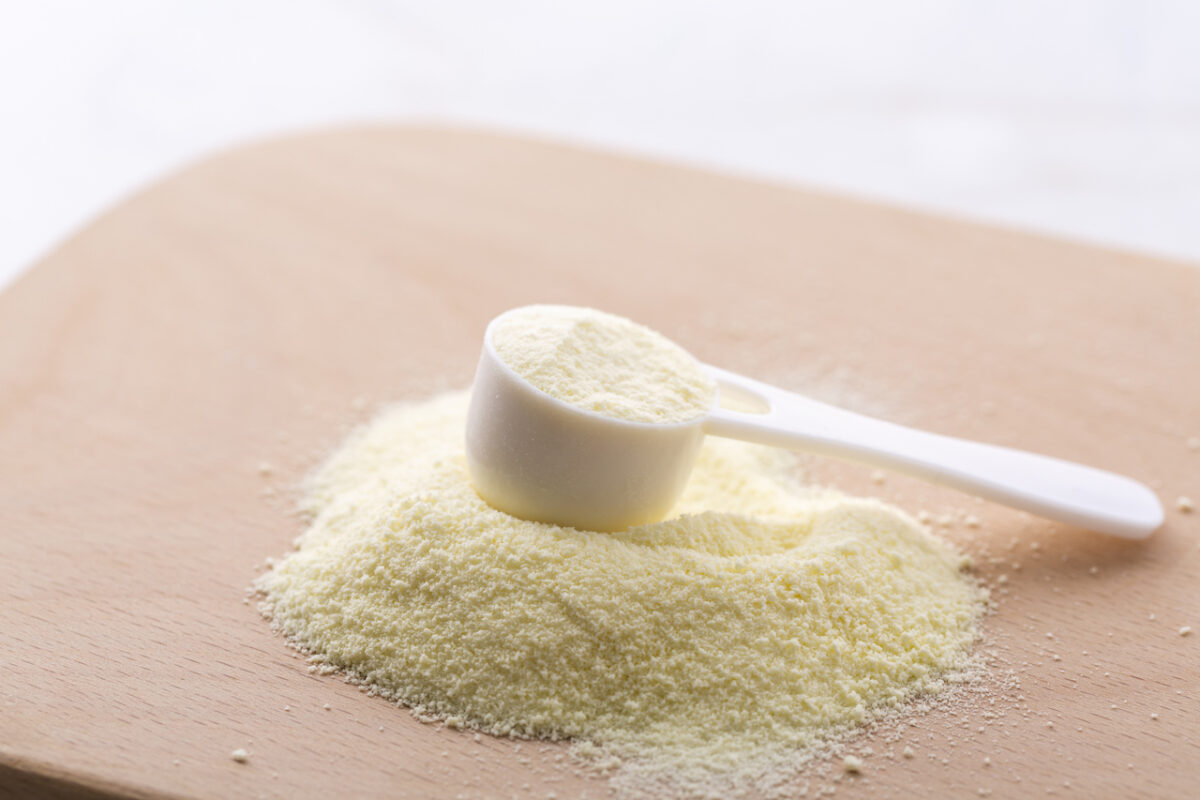
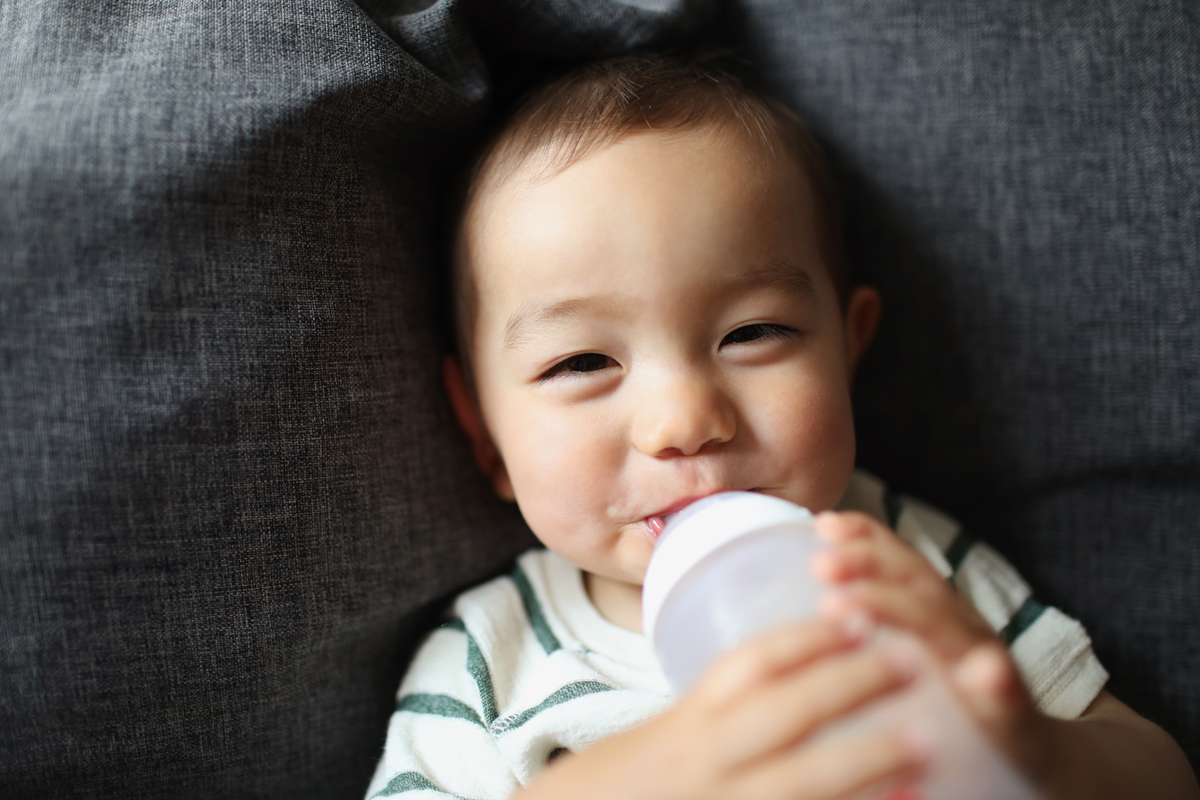
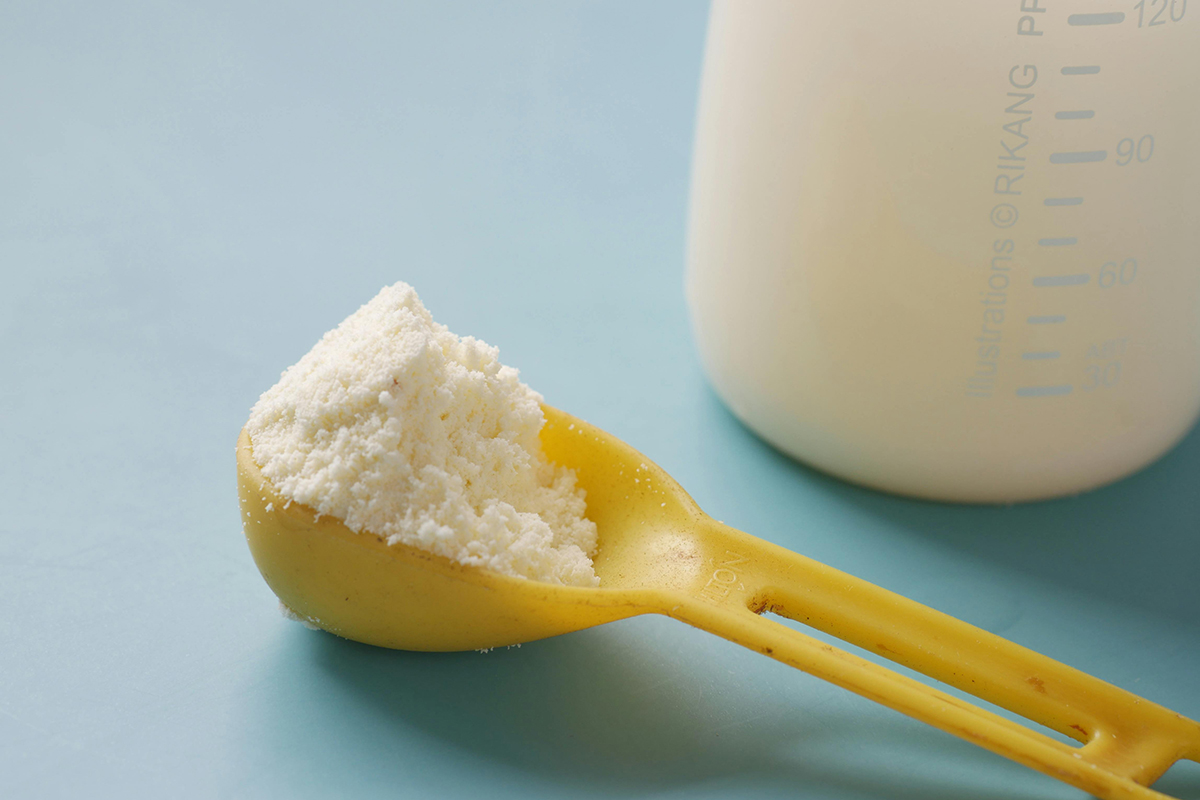

Log in